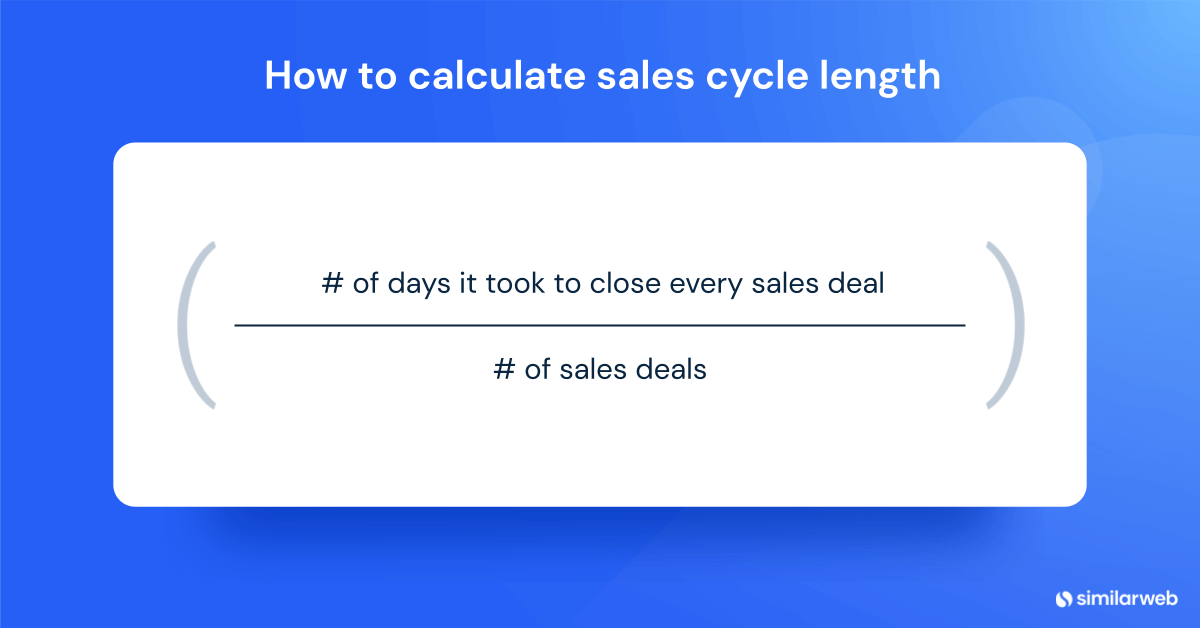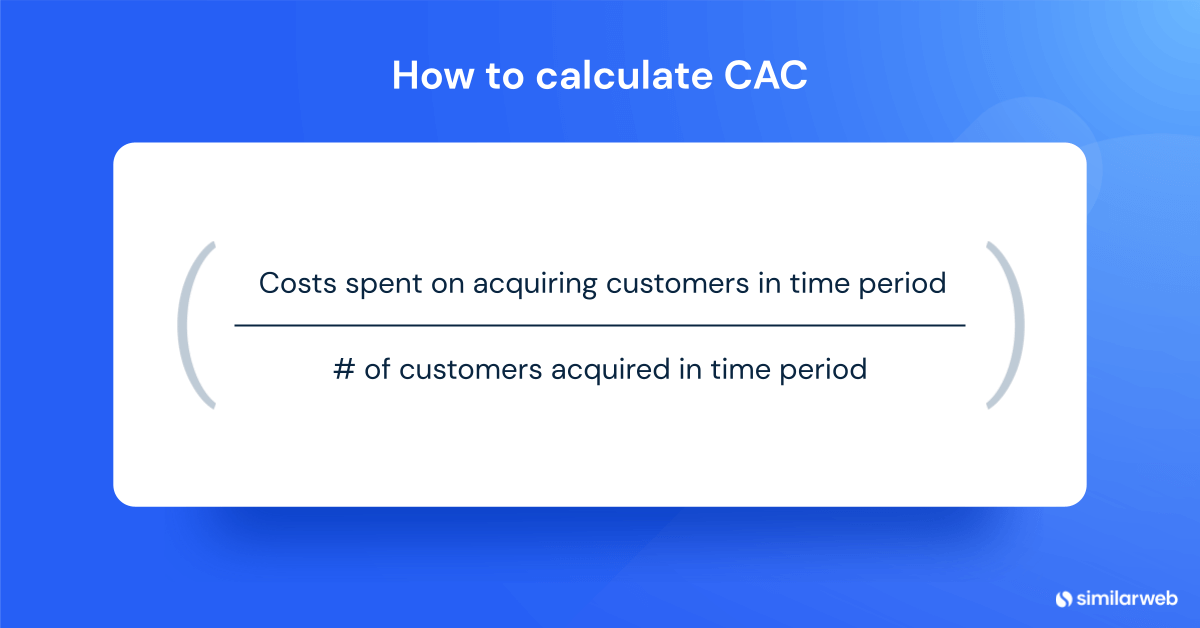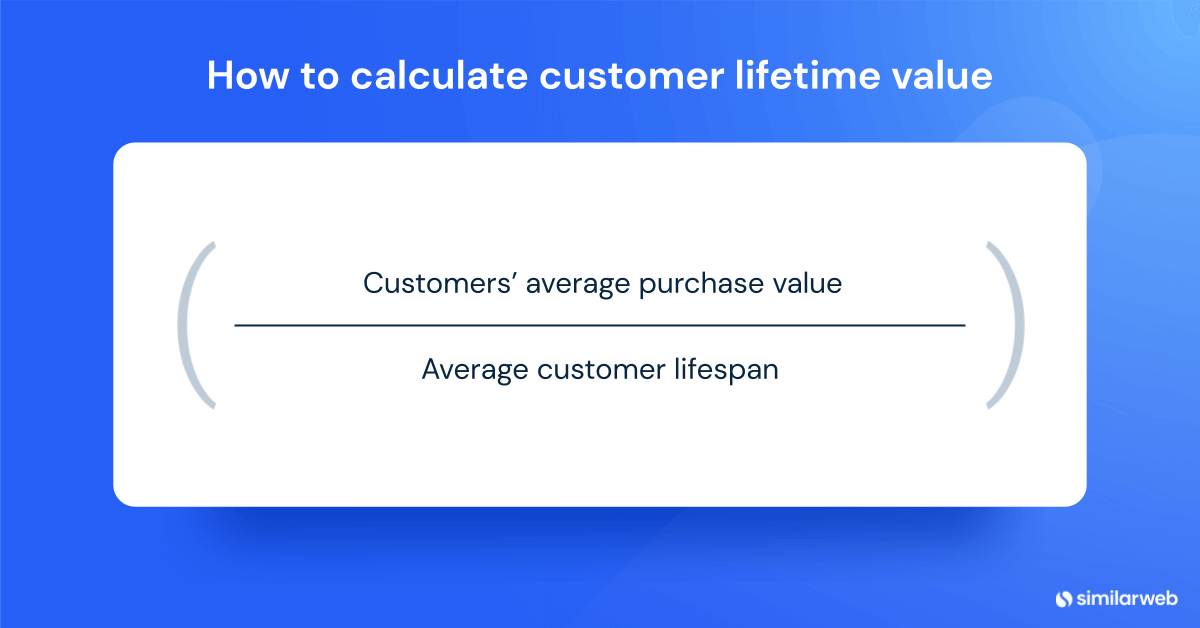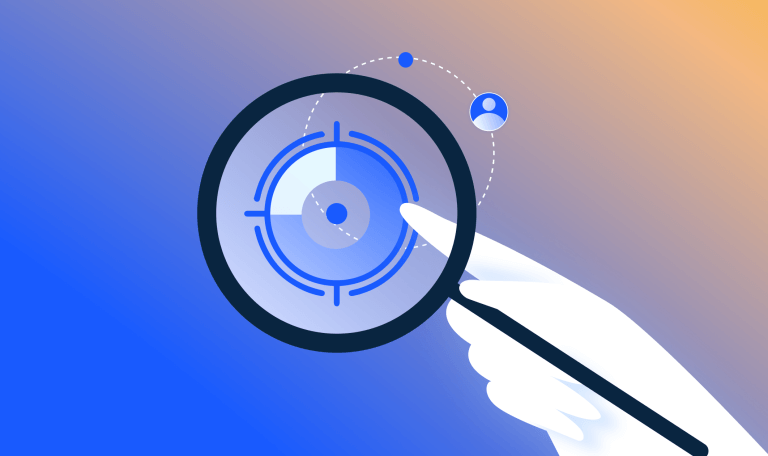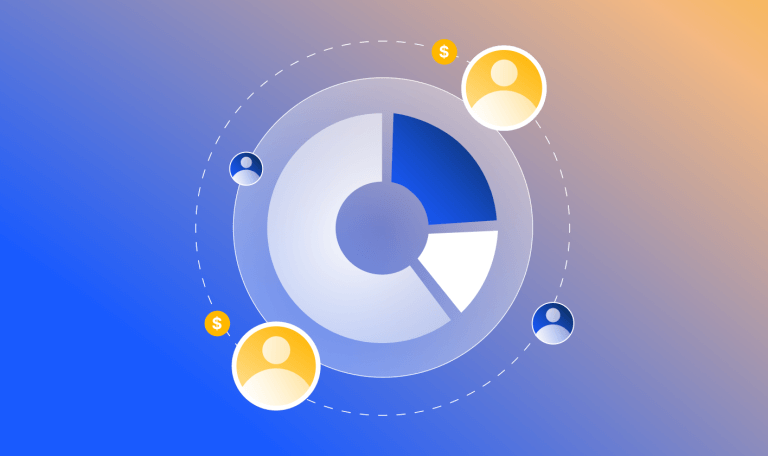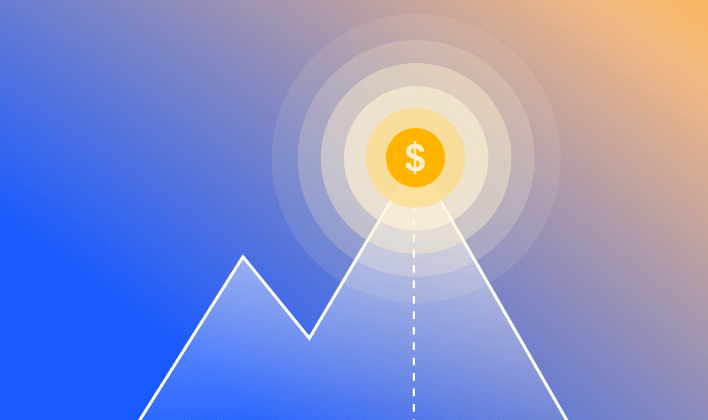7 Lead Generation KPIs and Metrics to Track

We talk about lead generation a lot, and your boss – and your boss’ boss, and your old boss’ boss’ boss – probably does too.
And rightly so.
It’s where the sales journey begins, and if you want the rest of the sales process to run smoothly (which you absolutely, most definitely do), you want to make sure you’re generating and qualifying leads effectively and not letting the wrong kind of leads through.
Which is where lead generation metrics come into it.
To know if you’re doing something effectively, you need to track. To know if you’re doing something wrong, you need to track. And to track, you need KPIs and metrics.
So, a drum roll, please…
7 lead generation KPIs and metrics
There are several metrics and key performance indicators (KPIs) that you want to be using to measure your – or your team’s – lead generation efforts.
Here are a few examples, so you know which boxes you need to be ticking during your lead generation process: ✅
1) Number of leads generated
Name: Lead generation
The aim: Generating leads
The ultimate goal: Generate as many leads as possible
Perhaps one of the more basic of the lead gen metrics out there, the number of leads generated helps you to determine whether you are meeting the required amount of leads to hit your quota and keep your business flowing nicely. So whilst it’s self-explanatory, it’s not one to be missed.
2) Conversion rate
Conversion rate is a big metric for any sales role, and is definitely one of the main lead generation KPIs to track. This metric measures the percentage of leads that turn into actual sales.
So, when you have a high conversion rate, it’s great news. This indicates that you’re doing a great job at lead nurture and closing deals. While a low conversion rate indicates some improvement needed in the sales process, or perhaps some more training in this specific area.
3) Average deal size
Another one of the lead gen metrics that is perhaps self-explanatory, but considering it could take you to the next level as a salesperson.
By working out the average value of each sale, it shows off your upsell skills or your ability to close larger deals… if you get a high average that is. With a low average, you might want to reassess your target audience – and maybe reevaluate – or simply refresh on – the company size and revenue in your ideal customer profile (ICP), for example.
4) Sales cycle length
Then we’ve got the length of time that it takes to close a deal from the initial point of contact or outreach.
A shorter sales cycle shows that you’re quick at moving leads through the sales process, and efficient in the way you work.
A longer sales cycle doesn’t mean you’re necessarily bad at your job, but it means you are spending time on the wrong type of customers; prospects that aren’t right for your business or not ready to make a purchase. All that can be ironed out with an effective lead qualification process.
5) Lead response time
Lead response time is the measurement of how long it takes for a salesperson to respond to a new lead. Ideally, you want to respond as fast as possible, and strike while the iron is hot.
Here are some fun stats about lead response time to show just how effective being speedy is:
- 82% of consumers expect responses within 10 minutes.
- The optimal time to respond to a lead is within 5 minutes.
- Salespeople who respond to leads within an hour are 7x more likely to have a meaningful conversation with a decision-maker.
But you guys are clearly doing alright, because 50% of email responses occur within 60 minutes. Here’s our handy little guide to sales emails (to actually get replies), but please, don’t forget there’s this thing called ‘picking up the phone’.
6) Customer acquisition cost (CAC)
Get your calculators out, because customer acquisition cost (CAC) is all about adding up how much it costs acquiring a new customer, on average. If you want to look at this on an individual prospect basis, this metric is called cost per lead (CPL).
This is an important sales lead generation KPI to keep as low as possible because you want your prospects and customers to provide a ROI for the company.
Spending a lot of time trying to convert a low-paying client will mean the money (yes, that includes your effort and time in the form of salary) isn’t worth the end result. This should always be factored into your lead prioritization.
7) Customer lifetime value (CLV)
Customer lifetime value – also known as CLV but also CLTV – measures the total value that a customer will bring to the business over their lifetime.
If your pipeline is filled with high CLVs, you’re working your magic by identifying (and hopefully, closing) high-value customers. A pipeline full of low CLVs might mean another reassessment of your sales process and your target market, because they might end up costing a lot more than they’re worth to your business.
The right lead gen KPIs for you
When it comes to the best B2B lead generation KPIs and metrics for your sales team and business, there isn’t really a one-size-fits-all-solution.
What you have, or what you choose will depend on what you’re selling, who you’re selling to, and your sales strategy. Here are some examples:
- If your product or solution is at a higher price point, you have more room to play with your customer acquisition cost because the ROI will (hopefully) be worth it.
- Or perhaps your solution is a one-time purchase or something that isn’t meant to be renewed. This will impact the CLV, and should be considered in your sales plan.
- If your ideal customer profile is based on smaller companies with smaller budgets, that average deal size isn’t really going to matter too much to you.
What you do always need to remember is that it’s not the quantity of leads, it’s the quality of leads – and trust us, you’ll be everyone’s favorite if you don’t let that slip.
How to measure your lead generation efforts with Similarweb
Quality over quantity is just one thing that Similarweb Sales Intelligence can help you with when it comes to lead generation.
With over 100 million company websites, and over 100 filters (including company type, size, industry, location, website technologies used, digital performance metrics, *breathe* and more) to make sure you’re getting the right kind of leads in front of you.
Lock down the leads you’re looking for using our huge range of filters, and never get the same lead twice.
How else can Similarweb Sales Intelligence help your lead generating process?
- Saves you time (and money): Lead generation is made easy with our advanced lead generation tool that will refine your search down to the businesses that work for your business.
- Takes care of the boring stuff: Enough scrolling through websites trying to get the email addresses – get your prospect list, hit the Contacts tab, and find the contact information of key decision-makers.
- Helps you prioritize your leads: With lead scoring and lead enrichment through relevant data and insights, Similarweb will help your prioritization and productivity.
- Gives you contact information in a click: Not only do we find the contacts for you, you can download it straight to your CRM or onto an Excel spreadsheet for your desktop.
- Offers insider knowledge and fresh insights: Understand industry trends, what competitors are up to, and more with our fresh data and insights.
If that sounds good to you, you can book to speak with one of our experts today:
Once you track, you’ll never go back
And there we have it: our list of key lead generation metrics and KPIs.
By analyzing and measuring your sales efforts with the right metrics, your business can optimize its strategy – both sales and beyond, identify what’s working and what’s not, and ultimately increase those conversion rates.
Similarweb is just one powerful tool that will provide you with an easy way to generate relevant leads, as well as valuable insights into website traffic, audience demographics, and competitor analysis. This helps businesses like yours leverage their lead generation efforts, make data-driven decisions and stay ahead of the game.
FAQs
Why are lead generation metrics important?
Lead generation metrics are important because they help you to understand the effectiveness of your lead generation efforts. By tracking metrics and KPIs, you can see which tactics are working and which aren’t, and adjust your strategy accordingly. This can help you to generate more leads, improve the quality of your leads, and ultimately close more deals.
What are some examples of lead generation metrics?
There are several lead generation metrics that you can track to measure the effectiveness of your sales team’s efforts. Some examples include the number of leads generated, conversion rate, average deal size, sales cycle length, lead response time, customer acquisition cost (CAC), and customer lifetime value (CLV).
How do I choose the right lead generation metrics for my business?
The lead generation metrics that are most important for your business will depend on a variety of factors, such as your industry, target market, and sales strategy. To choose the right metrics, you should start by identifying your business goals and then selecting metrics that align with those goals. You may also want to benchmark your performance against industry standards to ensure that you’re on track to meet your goals.
Enhance prospecting with unique data and buying signals
Try Similarweb Sales Intelligence today — free of charge

